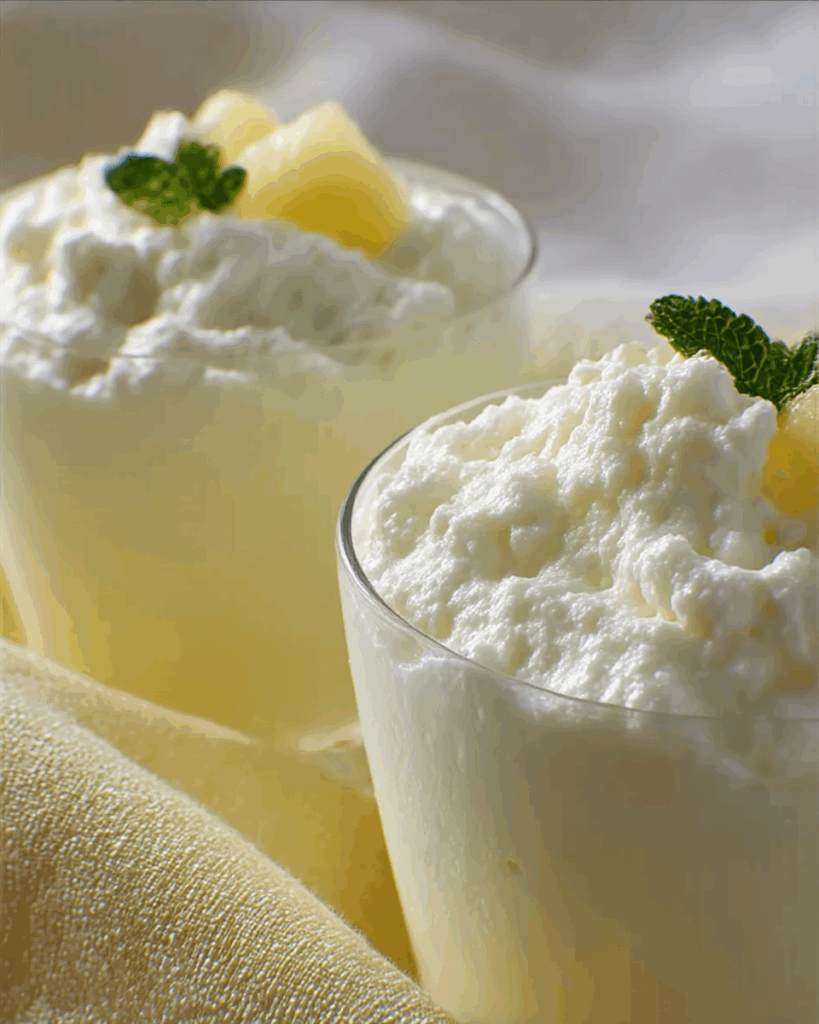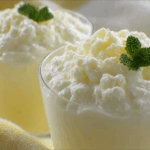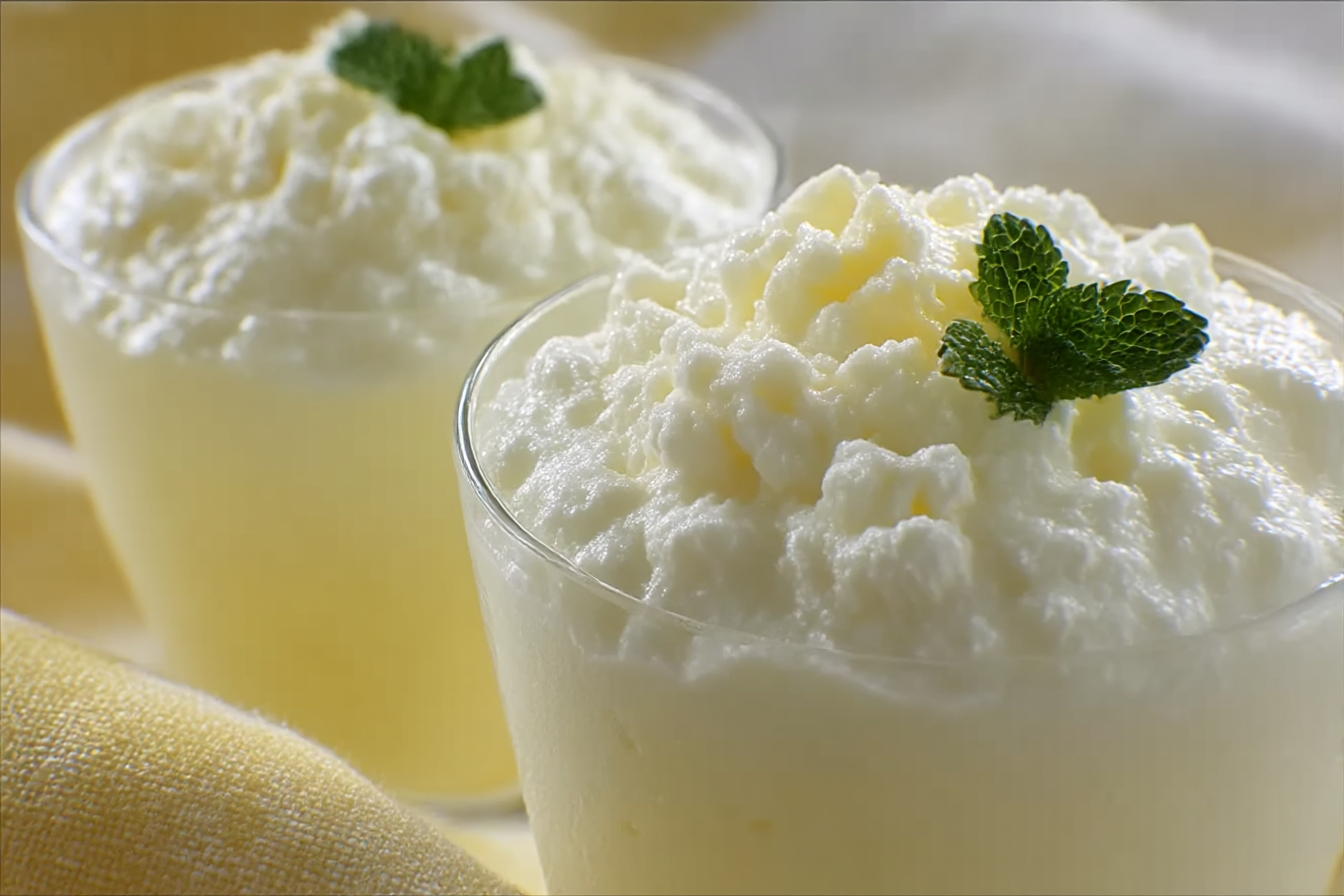There’s something uniquely comforting about cottage cheese. It’s humble, creamy, and endlessly versatile—a quiet staple that’s powered breakfasts, light lunches, and healthy snacks for generations. But behind every spoonful of this curdled delight is a legacy far richer than its mild flavor lets on. This article isn’t just about how to enjoy cottage cheese, but a deep dive into the world behind it—a journey into A Cottage Cheese Industry.
Behind the Recipe
When I was a kid, cottage cheese was always in the fridge. My grandmother used to spoon it over warm toast or fold it into fluffy pancakes. As I grew older and more curious in the kitchen, I started to realize that cottage cheese was more than a breakfast side—it was a quiet powerhouse of protein and tradition. This recipe is inspired by those mornings at her kitchen table, and the broader story of how cottage cheese quietly revolutionized dairy shelves across the world.
Recipe Origin or Trivia
The history of cottage cheese dates back to ancient Mesopotamia, but its modern name stems from 19th-century England, where it was crafted in cottages using leftover milk from butter making. In the U.S., it gained fame during the World Wars as a protein-rich meat substitute and became a symbol of health in the 1970s. Today, cottage cheese is enjoying a renaissance—making appearances in smoothie bowls, savory dips, and even cheesecakes. It’s a dish steeped in simplicity, but rich in legacy.
Why You’ll Love A Cottage Cheese Industry
Whether you’re curious about the cheese or ready to whip up a quick meal, there’s so much to love.
Versatile: Enjoy it sweet or savory, as a topping, mix-in, or main ingredient.
Budget-Friendly: It’s inexpensive to make and store, and requires minimal ingredients.
Quick and Easy: No complex methods—just gentle heating and stirring.
Customizable: Add herbs, spices, fruit, or honey to suit your taste.
Crowd-Pleasing: From breakfast buffets to high-protein snacks, it fits anywhere.
Make-Ahead Friendly: Preps well in batches and keeps in the fridge for days.
Great for Leftovers: Repurpose into pancakes, spreads, or smoothies.
Chef’s Pro Tips for Perfect Results
Making cottage cheese at home? Here’s how to get it right every time.
- Use whole milk: The higher fat content results in richer curds.
- Add vinegar or lemon juice slowly: This helps curds form gently and evenly.
- Don’t overheat: Keep the milk below boiling to avoid rubbery texture.
- Rinse the curds: It removes acidity and results in a cleaner flavor.
- Add cream last: Stir in a little cream for that classic, luscious finish.
Kitchen Tools You’ll Need
Crafting cottage cheese is surprisingly low-tech. Here’s your toolkit:
Large Pot: For gently heating the milk.
Thermometer: Essential for precise temperature control.
Slotted Spoon: Helps you scoop and drain curds efficiently.
Cheesecloth or Fine Mesh Strainer: Used to separate curds from whey.
Mixing Bowl: To collect and mix your finished curds.
Whisk: Useful if you’re adding cream or seasoning after draining.
Ingredients in A Cottage Cheese Industry
Here’s the simple magic that goes into transforming milk into curds and comfort.
- Whole Milk: 1 gallon (base of the cheese, rich and creamy)
- White Vinegar or Lemon Juice: 1/2 cup (acid to curdle the milk)
- Salt: 1 teaspoon (enhances flavor)
- Heavy Cream: 1/4 cup (optional) (adds richness to finished curds)
Ingredient Substitutions
Need to tweak the ingredients? Here are some swaps:
Whole Milk: Use 2% milk for a lighter version.
Vinegar: Lemon juice offers a more citrusy flavor.
Heavy Cream: Swap with plain Greek yogurt for a tangy finish.
Ingredient Spotlight
Whole Milk: The higher the fat content, the creamier and richer the curds. This is what gives your cheese body and depth.
White Vinegar: A simple acid that transforms milk from liquid to curds in minutes—truly the alchemist of this process.

Instructions for Making A Cottage Cheese Industry
Let’s turn kitchen basics into creamy curds with soul.
-
Preheat Your Equipment:
Ensure all utensils and pots are clean and ready. No preheating required for the stove just yet. -
Combine Ingredients:
Pour the milk into a large pot. Slowly heat over medium heat to 190°F (88°C), stirring occasionally to prevent scorching. -
Prepare Your Cooking Vessel:
Once at temperature, remove from heat and slowly stir in vinegar or lemon juice. Let sit undisturbed for 10 minutes as curds form. -
Assemble the Dish:
Line a strainer with cheesecloth and place it over a bowl. Gently ladle the curds into the strainer and let drain for 5–10 minutes. -
Cook to Perfection:
Once drained, rinse the curds under cold water and gently press to remove extra moisture. -
Finishing Touches:
Transfer to a bowl, stir in salt and cream (if using), and fluff gently with a fork. -
Serve and Enjoy:
Serve chilled, plain, or dressed up with fresh herbs, fruit, or your favorite seasoning.
Texture & Flavor Secrets
Fresh cottage cheese has a mild, milky flavor with a soft bite. The curds should be tender but not mushy—think delicate pearls with a slight chew. The cream adds silkiness, rounding out the acidity from the vinegar. It’s fresh, clean, and endlessly comforting.
Cooking Tips & Tricks
Want flawless cottage cheese every time?
- Use a non-reactive pot like stainless steel.
- Always check your thermometer—don’t guess.
- For larger curds, let it sit longer after curdling.
What to Avoid
Don’t let these common pitfalls ruin your batch:
- Overheating milk: It makes rubbery, dry curds.
- Not enough acid: No curds will form if it’s too little.
- Skipping the rinse: Leaves a sour taste that overwhelms.
Nutrition Facts
Servings: 8
Calories per serving: 120
Note: These are approximate values.
Preparation Time
Prep Time: 5 minutes
Cook Time: 25 minutes
Total Time: 30 minutes
Make-Ahead and Storage Tips
Homemade cottage cheese stores beautifully. Once cooled, keep it in an airtight container in the refrigerator for up to 5 days. Stir before serving. You can also freeze it, though the texture may change slightly. Thaw in the fridge and stir well before eating.
How to Serve A Cottage Cheese Industry
The serving options are as broad as your imagination. Try it:
- On toast with tomatoes and cracked pepper.
- Mixed with berries and a drizzle of honey.
- Stirred into pasta with herbs for a creamy twist.
- Folded into pancake or crepe batter for richness.
Creative Leftover Transformations
Too much cheese? Never.
- Cottage Cheese Pancakes: Add to batter for extra fluff.
- Savory Dip Base: Blend with herbs, garlic, and olive oil.
- Smoothie Booster: A protein-packed thickener.
Additional Tips
- Always chill before serving for best texture.
- Experiment with flavors like garlic, dill, or chives.
- Add fruit and maple syrup for a sweet snack.
Make It a Showstopper
Cottage cheese can be elegant too. Serve in a rustic ceramic bowl with edible flowers, drizzle of olive oil, and cracked black pepper. Or layer in a glass with roasted veggies and microgreens for a jar-to-table masterpiece.
Variations to Try
- Herbed Cottage Cheese: Mix in chives, dill, and parsley.
- Sweet Citrus Cottage Cheese: Add orange zest and honey.
- Spicy: Stir in red chili flakes or jalapeños.
- Smoky: Blend with smoked paprika and roasted garlic.
- Indian-Style Paneer Crumble: Skip the cream and use in curries.
FAQ’s
Q1: Can I make this without vinegar?
Yes, lemon juice is a perfect substitute.
Q2: How long will homemade cottage cheese last?
Up to 5 days in the fridge in an airtight container.
Q3: Is this recipe gluten-free?
Absolutely—no grains involved.
Q4: Can I use low-fat milk?
Yes, but the curds will be drier and smaller.
Q5: What can I do with leftover whey?
Use it in smoothies, soups, or bread dough.
Q6: Can I add fruit or sweeteners?
Yes, stir in honey, berries, or jam before serving.
Q7: Why are my curds too small?
Milk may have been too low in fat or not enough acid added.
Q8: Is this suitable for kids?
Definitely—it’s mild, nutritious, and easy to digest.
Q9: Can I double the recipe?
Yes, just use a larger pot and adjust vinegar accordingly.
Q10: Do I need to pasteurize the milk?
If using raw milk, it’s best to heat it to 190°F for safety.
Conclusion
Whether you’re here to explore cottage cheese as a homemade staple or you’re fascinated by the broader dairy world it represents, this simple recipe connects you to a rich tradition. It’s comforting, easy, and quietly powerful—just like the humble industry it comes from. Trust me, this one’s a total game-changer.
Print
A Cottage Cheese Industry
Description
A simple, creamy, and versatile homemade cottage cheese recipe that showcases the essence of dairy craftsmanship, perfect for savory dishes or sweet indulgences.
Ingredients
- Whole Milk: 1 gallon (base of the cheese, rich and creamy)
- White Vinegar or Lemon Juice: 1/2 cup (acid to curdle the milk)
- Salt: 1 teaspoon (enhances flavor)
- Heavy Cream: 1/4 cup (optional, adds richness to finished curds)
Instructions
- Preheat Your Equipment: Ensure all utensils and pots are clean and ready. No preheating required for the stove just yet.
- Combine Ingredients: Pour the milk into a large pot. Slowly heat over medium heat to 190°F (88°C), stirring occasionally to prevent scorching.
- Prepare Your Cooking Vessel: Once at temperature, remove from heat and slowly stir in vinegar or lemon juice. Let sit undisturbed for 10 minutes as curds form.
- Assemble the Dish: Line a strainer with cheesecloth and place it over a bowl. Gently ladle the curds into the strainer and let drain for 5–10 minutes.
- Cook to Perfection: Once drained, rinse the curds under cold water and gently press to remove extra moisture.
- Finishing Touches: Transfer to a bowl, stir in salt and cream (if using), and fluff gently with a fork.
- Serve and Enjoy: Serve chilled, plain, or dressed up with fresh herbs, fruit, or your favorite seasoning.
Notes
- Use whole milk for richer, creamier curds.
- Vinegar or lemon juice should be added slowly to form curds gently.
- Do not boil the milk—overheating will toughen the curds.
- Rinse curds to remove acidity for a cleaner flavor.

